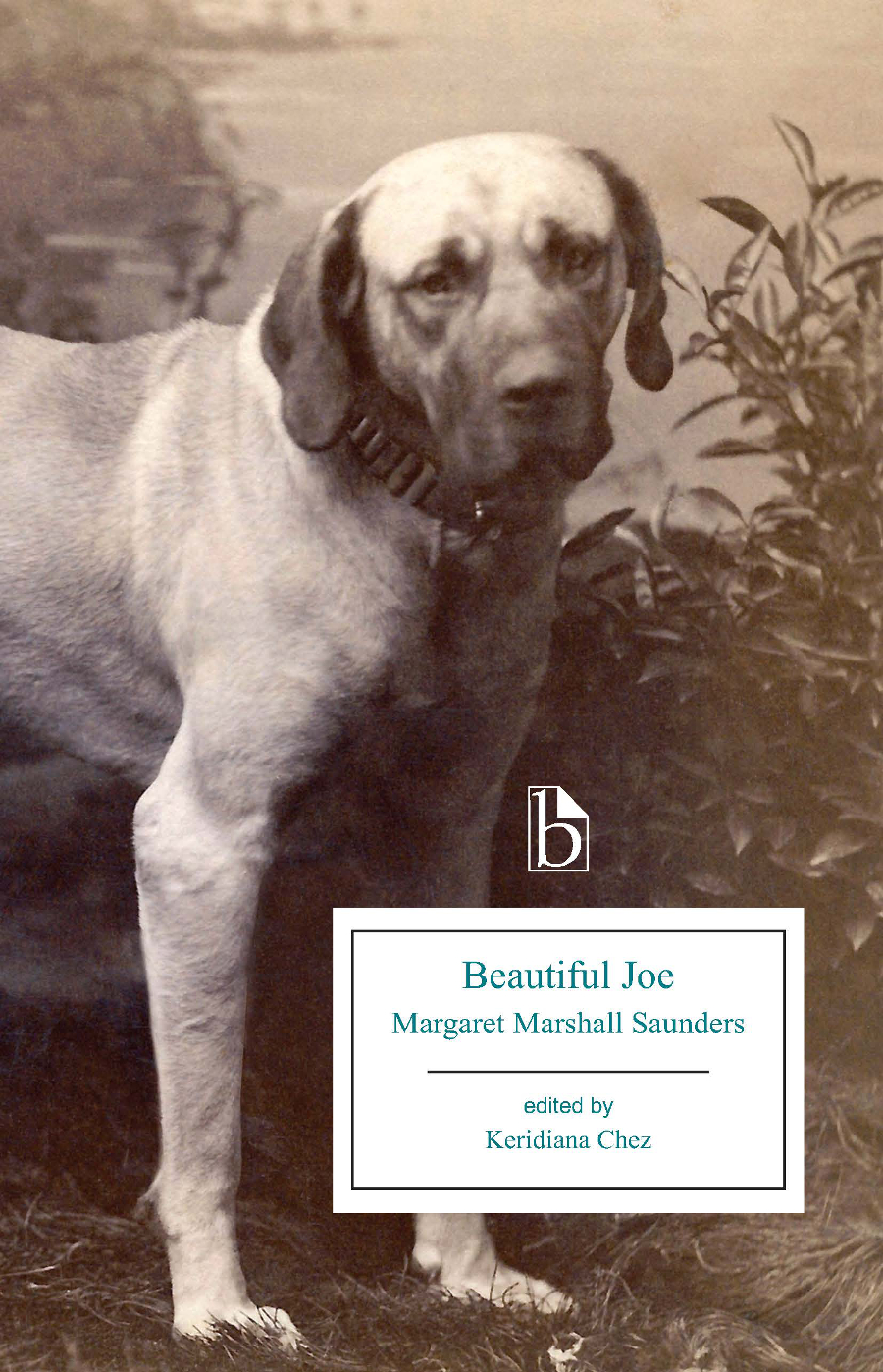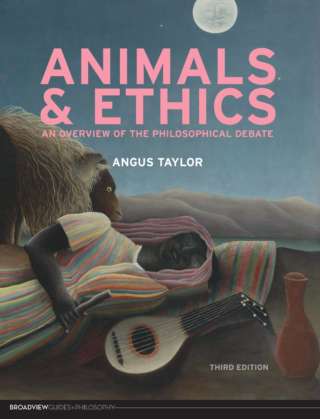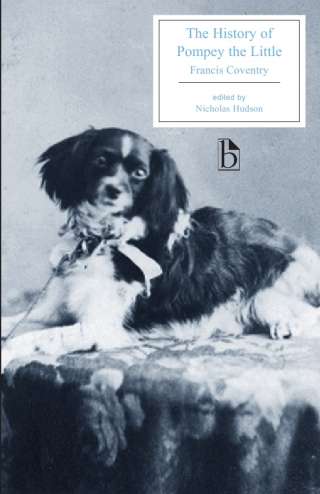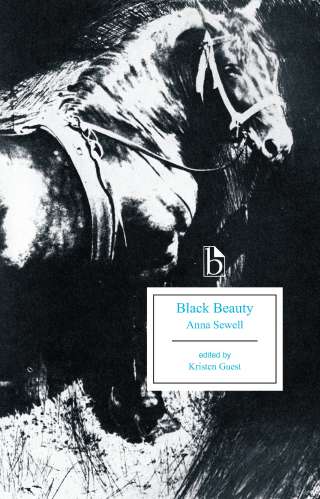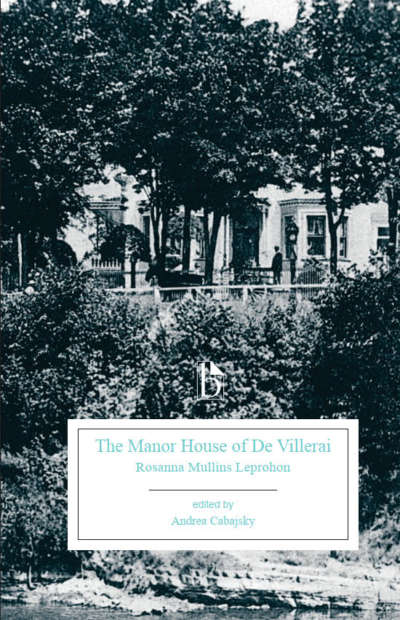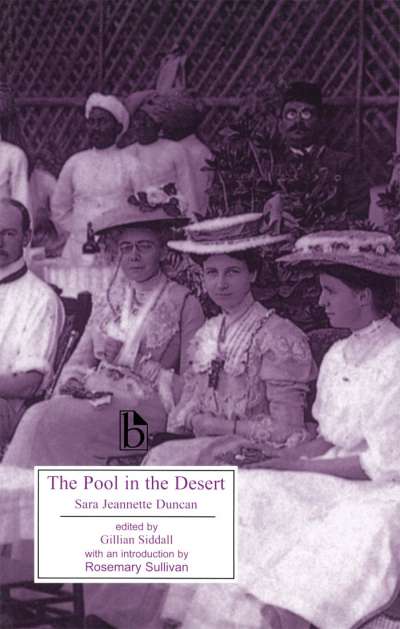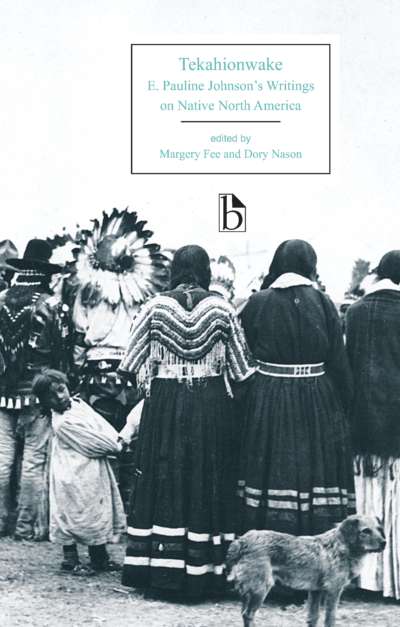One of the first animal viewpoint novels published in North America, Margaret Marshall Saunders’s Beautiful Joe tells the story of an abused dog and his rescue by a humane family. The novel, based on the true story of a dog in the author’s home province of Ontario, fuelled humane sentiments worldwide. This annotated, illustrated edition draws on archival collections to trace the novel’s impact on the nineteenth-century animal protection movement. The introduction also highlights some of the important social issues surrounding the substantive revisions and omissions in ensuing editions of the text.
The historical appendices place the novel in its rich milieu as an international bestseller that taught a generation of children to practice kindness towards animals. Documents include animal training manuals, lesson plans for teaching humane education, legal records of prosecutions for cruelty, and contemporary writings on the psychology of pet-keeping.
For an excerpt from the appendices of Beautiful Joe, please see our blog post: Pussy Meow: The Autobiography of a Cat.
Comments
“Margaret Marshall Saunders begins the introduction to Beautiful Joe: ‘The wonderfully successful book, entitled “Black Beauty,” came like a living voice out of the animal kingdom.’ Keridiana Chez’s superb edition of Saunders’s great novel has recalled another vibrant animal voice. Chez not only restores the original 1894 edition—more politically contentious than its many sanitized twentieth-century successors—but she also provides a splendidly thorough introduction and evocative cultural contexts. Now at last there is a definitive edition of Beautiful Joe. I anticipate teaching it with great pleasure, right alongside Black Beauty, where the ‘living voice’ of the mutilated, loving dog and the ill-used, faithful horse will indeed be beautiful.” —
Deborah Denenholz Morse, co-editor of Victorian Animal Dreams
“At long last, the novel that haunts the history of humane education is back in print, and in a scholarly edition that restores the cringe-worthy details that indicate how a story of animal torture became Canada’s first bestseller. With well-organized appendices of carefully selected, contemporaneous ephemera, this edition is guaranteed to spark lively discussions among scholars and students alike. Situating Saunders’s fiction amid debates about animal protection, petkeeping, vivisection, prohibition, and publication, Chez’s comprehensive introduction further helps to set new terms of debate by making the case for the relevance of the novel to contemporary animal studies scholarship.” —
Susan McHugh, University of New England
Acknowledgements
Introduction
Margaret Marshall Saunders: A Brief Chronology
A Note on the Text
Beautiful Joe
Appendix A: Selected Reviews of Beautiful Joe
- From “Books for Young Folks,” Books (December 1894)
- From “Editorial Notes,” McMaster University Monthly (February 1894)
- From “Beautiful Joe,” Sunday School Times (7 April 1894)
- From “Books and Authors,” Record of Christian Work (June 1894)
- From “Fiction,” Literature (June 1898)
- From “Our Book Table,” Chinese Recorder and Missionary Journal (1908)
Appendix B: Readings on Animal Protectionism
- Prosecutions
- From “Cruelty to Animals—First Case of Punishment under the New Law,” New York Times (13 April 1866)
- From “Mr. Bergh’s Good Work,” New York Times (18 July 1874)
- “Cruel Cases,” Our Dumb Animals (May 1874)
- Humane Destruction
- From “Drowning the Dogs,” New York Times (8 July 1877)
- From William K. Horton, “The Humane Destruction of Small Animals,”
Our Dumb Animals (November 1911)
- From W.F. Morse, “The Humane and Sanitary Disposal of Superfluous Animal Life,”
American Journal of Public Health (July 1913)
- The Vivisection Controversy
- From Caroline Earle White, An Answer to Dr. Keen’s Address Entitled “Our Recent Debts to Vivisection” (1886)
- From Lena Palmer, “Vivisection,” New York Medical Times (March 1889)
- From Dr. George Fleming, Vivisection: A Prize Essay (1871)
- From Dr. George Murray Humphry, Vivisection: What Good Has It Done? (1882)
- From Dr. Michael Foster, “Vivisection,” Popular Science Monthly (April 1874)
Appendix C: Teachers’ Lesson Plans for Humane Education
- From Oliver Angell, The Child’s Fourth Book (1888)
- From John S. Clark, Mary Dana Hicks, and Walter S. Perry, “Love of Animals,” Teacher’s Manual Part I for the Prang Elementary Course in Art Instruction (1898)
- From J.W. Searson and George E. Martin, Studies in Reading (1913)
- From Paul Whitfield Horn and Edwin DuBois Shurter, New American Readers Book 4 (1919)
- From Emma Miller Bolenius, Advanced Lessons in Everyday English (1921)
Appendix D: Readings on Pet-Keeping Culture
- The Dangers and Benefits of Pet-Keeping
- From Dr. Charles L. Dana, “The Zoophil-Psychosis: A Modern Malady,” Medical Record (6 March 1909)
- From Reverend Eli Hartness, “Pets and Their Long Life,” Old and New (September 1872)
- From Alvin George Eberhart, “Children’s Pets,” Everything About Dogs (1902)
- From Eva C.E. Lückes, “Children and Pets,” Babyhood (December 1886)
- From “Household Pets,” Good Housekeeping (10 December 1887)
- From Dr. Granville Stanley Hall, Adolescence (1905)
- From Dr. W. Fowler Bucke, “Cyno-Psychoses: Children’s Thoughts, Reactions, and Feelings Toward Pet Dogs,” Pedagogical Seminary (1903)
- From Mabel A. Marsh, “Children and Animals,” Studies in Education (1902)
- From K.G. Cash, “Children’s Pets: A Side Study,” Studies in Education (1903)
- Training Manuals
- From James E. Le Rossignol, “The Training of Animals,” American Journal of Psychology (November 1892)
- From Dorothy Canfield, “Pets,” What Shall We Do Now?: A Book of Suggestions for Children’s Games and Employments (1907)
Appendix E: Selections from Other Animal Literature
- From Marshall Saunders, Beautiful Joe’s Paradise (1902)
- From Louise S. Patteson, Pussy Meow: The Autobiography of a Cat (1901)
- From Walter Emanuel, A Dog Day, or The Angel in the House (1919)
- From Charles G.D. Roberts, “The Animal Story,” The Kindred of the Wild: A Book of Animal Life (1903)
- From Ernest Thompson Seton, Krag, the Kootenay Ram (1897)
- From Jack London, The Call of the Wild (1903)
Appendix F: Substantive Variants
- “Black Jim” Chapter (1907 edition)
- Variant to the Introduction (1920 edition)
- Bruno’s Alternative Fate (1965 edition)
Works Cited and Recommended Reading
Keridiana Chez is Assistant Professor of English at the Borough of Manhattan Community College, New York.

